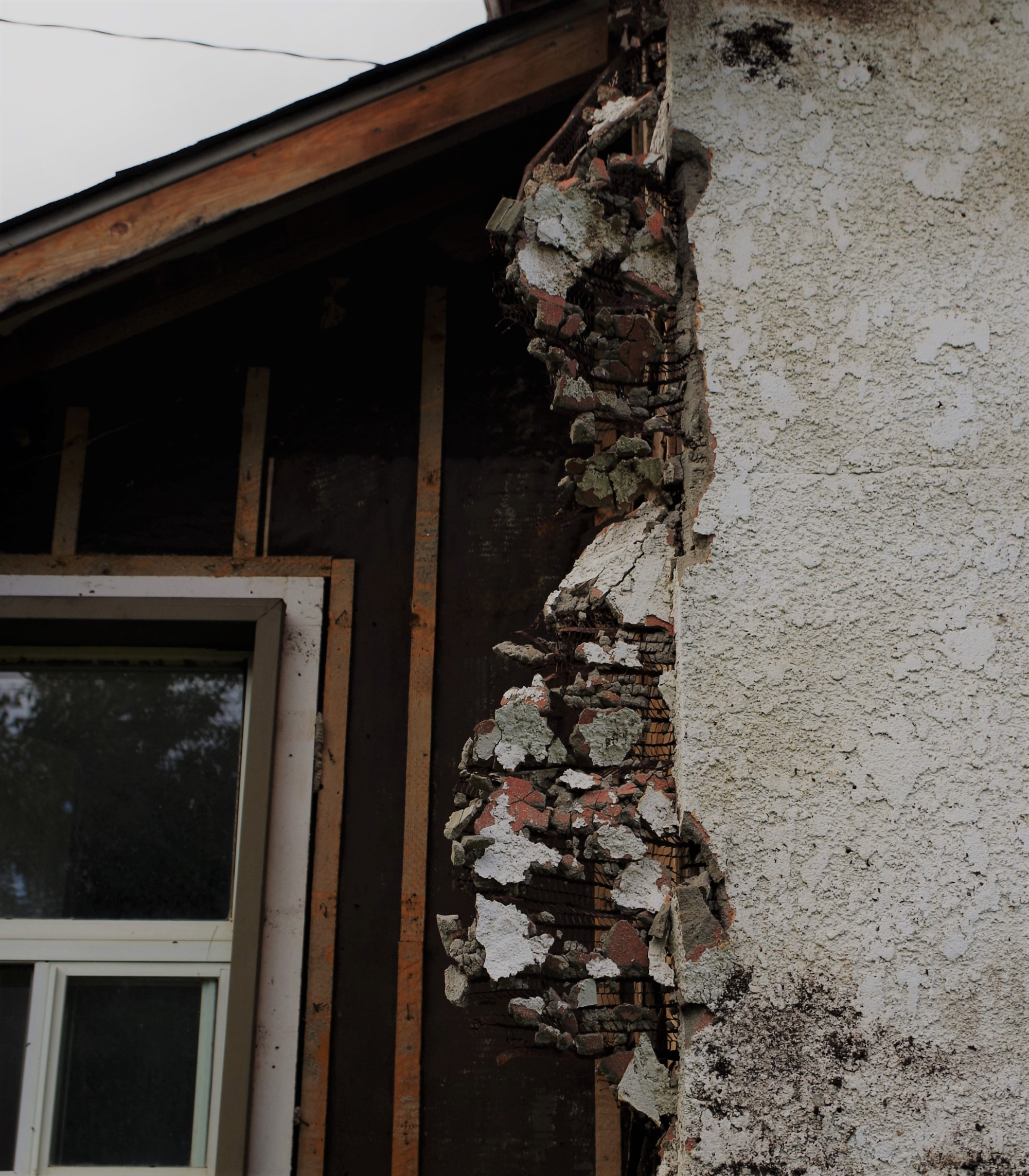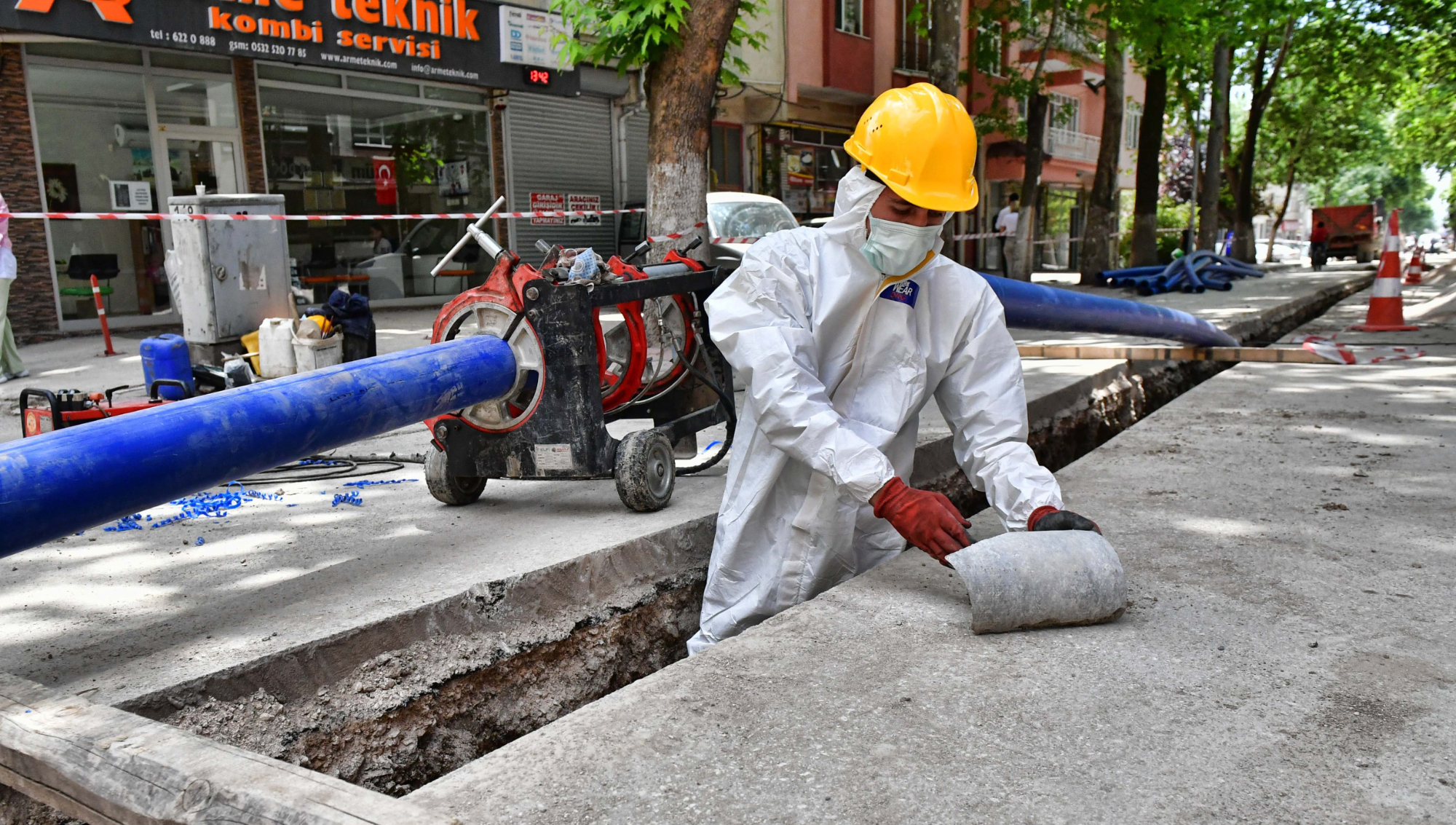Have you been concerned about the symptoms of asbestos exposure? We look at diseases caused by asbestos exposure and screening for asbestos-related diseases.
What is Asbestosis
Asbestosis, a fatal lung condition, can develop after prolonged exposure to asbestos. Asbestos, a fibre-like material, was historically used in buildings for insulation, flooring, and roofing; the UK has expressly prohibited its use since 1999. While asbestos can be fatal, it is not dangerous if left alone. However, if the asbestos-containing material is damaged, it may erupt into an asbestos-containing fine dust cloud.
Some of the airborne fibres from prolonged exposure to high quantities of asbestos dust may lodge in your alveoli, the small sacs in your lungs where oxygen is exchanged for carbon dioxide in your blood. The fibrous asbestos irritates and scars lung tissue, making the lungs rigid; breathing becomes challenging as a result. Scarring of lung tissue increases as asbestosis worsens.
Your lung tissue eventually stiffens to the point that it is unable to contract and expand correctly. Smoking frequently causes the illness to advance more quickly and appears to enhance the retention of asbestos fibres in the lungs.
What Are The Signs of Asbestos Exposure?
Illnesses associated with asbestos exposure are among the early warning signs of exposure. A person cannot identify any exposure to asbestos symptoms before the onset of a disease. The symptoms of asbestos exposure often start in the lungs, and this is because lung ailments are mostly brought on by asbestos.
Asbestos can cause diseases in a variety of physiological systems - these conditions mainly show symptoms in the colon, stomach, and throat. A regular X-ray or CT scan may occasionally reveal pleural plaques. These indicate that exposure levels were high enough to result in further asbestos-related disorders.

Pleural plaques seldom generate symptoms, thus they aren't a warning that anybody can look out for - between 10 and 40 years after exposure, plaques start to form.
Shortness of breath, dry cough or wheezing, a crackling sound when inhaling, chest discomfort or tightness, respiratory issues, pleural effusion (an accumulation of fluid around a lung), pleural plaques, pleural thickening, and asbestosis are symptoms of asbestos exposure affecting the lungs.
Abdominal bloat and distention, pelvic discomfort, intestinal blockage, hernia, weight loss, lack of appetite, hoarseness, trouble swallowing, and clubbed fingers are symptoms of asbestos exposure affecting other parts of the body.
Diseases Caused by Asbestos Exposure
Both malignant and non-cancerous disorders are brought on by exposure to asbestos. The International Agency for Research on Cancer (IARC) has determined that asbestos exposure directly causes several malignancies. Mesothelioma, laryngeal cancer, ovarian cancer, and lung cancer are among the cancers brought on by exposure to asbestos.
Non-cancerous illnesses and disorders brought on by exposure to asbestos include pleural plaques, pleural thickening, benign pleural effusion, pleuritis, and atelectasis. Although it hasn't demonstrated a clear causal connection, the IARC also identified an increased risk of various cancers, including colorectal, pharyngeal, and stomach cancer.
Screening for Asbestos-Related Diseases
Asbestos-related disorders rarely exhibit any symptoms or palpable abnormalities in their early stages. It is difficult and even pointless to test for these conditions before symptoms appear. Asbestosis can be difficult to identify since its signs and symptoms are similar to many other respiratory diseases.
Your health care practitioner will talk to you about your medical history as part of the evaluation process. Your doctor will use a stethoscope to carefully listen to your lungs during a physical examination to hear whether they create a crackling sound when you inhale. To aid with diagnosis, a number of diagnostic tests are required.

When you have a chest X-ray, advanced asbestosis shows up as excessive whiteness in your lung tissue; if the asbestosis is severe, both of your lungs may be impacted, giving them a honeycomb look. Cross-sectional pictures of the bones and soft tissues within your body are created by combining a number of X-ray views acquired from various angles during a CT scan. These scans often offer more information and may be able to identify asbestosis early on, even before it manifests on a chest X-ray.
Your lungs' efficiency is assessed with pulmonary function testing; these exams check your lungs' capacity to store air, as well as their airflow, as the oxygen delivery to your circulation, can be measured by thorough pulmonary function testing. Occasionally, your healthcare provider may remove fluid and tissue for testing in order to look for asbestos fibres or abnormal cells.
Two potential tests are bronchoscopy and thoracentesis. Through the mouth or nose, a bronchoscope - a small tube - is introduced into the lungs. The doctor can check your lungs' airways using the bronchoscope's light and tiny camera for any irregularities or, if required, collect a fluid or tissue sample (a biopsy).
A general anaesthetic will be given to you before a needle is inserted into your chest wall, between your ribs and lungs, to remove any extra fluids and allow you to breathe more easily during a thoracentesis treatment. To ensure the safety of your body, the needle is often placed with the use of ultrasonography. Then, to further your therapy, these fluids will be put through testing and analyses.
Risk Factors
The greatest risk of developing asbestosis is among those who engaged in the mining, milling, manufacture, installation, or removal of asbestos goods before the late 1970s.
Asbestos miners, car and aeroplane mechanics, boiler operators, construction workers, electricians, railroaders, mill and refinery employees, shipyard workers, and anyone removing asbestos insulation from around steam pipes in older structures are a few examples.

The quantity and length of asbestos exposure are often connected to the risk of asbestosis. The risk of lung injury increases with exposure level. Household members of exposed employees may be exposed secondhand because asbestos fibres can be transported home on garments. Asbestos fibres that are discharged into the air may potentially be exposed to people who live close to mines.
Complications
Asbestosis increases your chance of lung cancer if you smoke or have a history of smoking; on rare occasions, malignant mesothelioma, a disease of the tissue surrounding the lung, can appear years after asbestos exposure.
Prevention
Limiting your exposure to asbestos is the greatest method to prevent asbestosis. Employers in the building industry and other industries that work with asbestos products are required by federal law to take special measures. The majority of homes, schools and other buildings built before the 1970s have pipes and floor tiles that contain asbestos.
There is often a minimal risk of exposure as long as the asbestos is enclosed and unchanged. When asbestos-containing items are destroyed, there is a chance that asbestos fibres will be released into the air and inhaled. Always have qualified asbestos professionals inspect, maintain, or remove any items that contain asbestos.
Are you looking for professional asbestos surveys in Aberdeen and Aberdeenshire? Learn more about our detailed inspection and reporting services using the link below:

